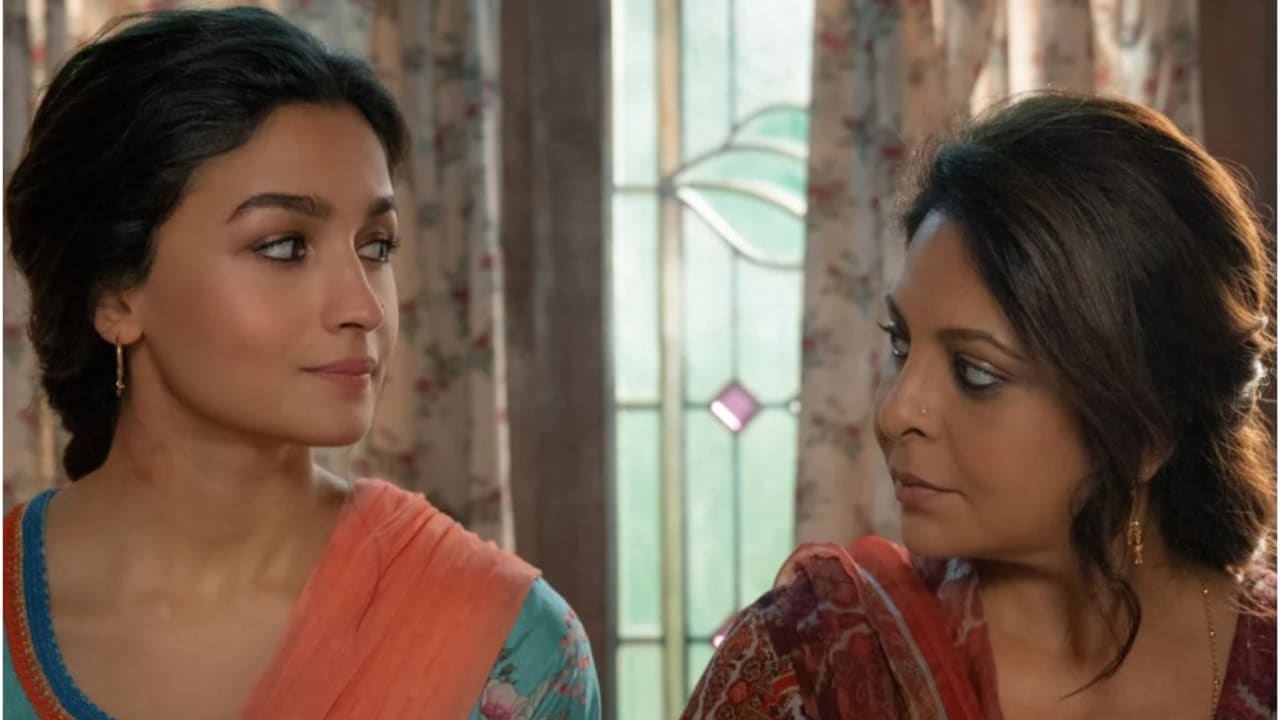When Alia Bhatt, Vijay Varma, Shefali Shah starrer Darlings hit Netflix, the advertising and marketing community noticed some not-so-subtle brand plugs. We spotted brand cameos from Kama Ayurveda, Milton, 24 Mantra Organic, Daawat, Tide and Eva Deo, in the movie that’s set in a lower-middle class household.
In one scene Shah is seen giving Bhatt a champi with luxury brand Kama Ayurveda’s oil. In another scene, Bhatt is seen adding a layer of Veeba’s ketchup on her pao omelet. Many viewers were left scratching their heads while making the connections.
Sahil Batra, a marketing and growth consultant at Tenzai Systems, took to LinkedIn to write, “Kama must have thought: Alia is a perfect personality to associate ourselves with, and the audience of the show is our audience too! Looks like a perfect place to advertise ourselves. If you know Kama’s pricing, you would know how just the opposite is true.”
While one set of experts think these brand promotions were not out of place, another set has a different take.
Independent communications consultant Karthik Srinivasan says the admirers of Bhatt — who would watch the movie — are the main target audience of the brand. “Kama Ayurveda or Veeba may seem out of the reach of the lower-middle class settings of the characters seen in the movie. But it is being streamed on Netflix, the most expensive over-the-top (OTT) platform in India, with the least number of subscribers when compared to the other streaming platforms,” he explains.
Targeting and segmentation are the two factors hailed as the cornerstone of effective marketing. Lloyd Mathias, an angel investor and business strategist, observes that creating content relevant to their tastes and preferences is the most critical, irrespective of the medium of marketing.
Do consumers spot brands over popcorn?
Audiences, however, can identify brand misfits. Therefore, it is important for brands to pick the right scripts. According to Mathias, when viewers spot their favourite movie stars engaging with brands in a film, it develops a strong sense of belongingness.
Besides films, another avenue marketers have used for decades is music to integrate their brands into. BC Web Wise’s VP – Media, Krishal Mehta, believes brand integration in music videos have wider reach. He further says, using this also pumps up the brand’s screen time presence and chances of viewers consuming that piece of content again is high.
Ajit Narayan, chief marketing officer of brand advocacy platform Socxo, says the discussion around brand mistarget is high because of the rise of digital content consumption. Viewers can go back to the content any time they want. It becomes a point of discussion of their social timelines too. Also, brands don’t plan mistargets. He explains, “One has to note that, in all media, there is wastage and spillovers. But, that does not mean the media plan was skewed to incorrect audiences. It could also happen in the case of content selection, endorsements etc.”
Tips for brands
In a hyper social world, Mathias says the key element every brand must consider is to pay attention to the content creators, and match the demographics of their product with the people consuming the content.
Srinivasan has similar views. If the content is about lower-middle class Indians, the marketers should not predict the audiences to hail from the lower-middle class background. He supports his argument by stating a few examples. The recent ad for JioMart that featured Bollywood couple Deepika Padukone and Ranveer Singh. In the commercial, Singh and Padukone express their joy in saving some money when they buy groceries on JioMart.
Srinivasan is of the opinion that enacting such roles in advertising is a grey zone. This is because advertising mixes fictional scripts along with factual claims about products and services. “Think about Akshay Kumar playing a doctor in the PolicyBazaar ad, who is making factual claims about the service. He is clearly not a doctor. He can surely play one in a film. But in an ad where he plays a doctor, should we take the acting part lightly, but take the product claims seriously?” he questions.
If a content creator hails from a particular town or a village, a lot of his followers will also belong to that segment who consume his or her videos or content. “Therefore, it makes sense for the brand to place the product that caters to that segment,” Mathias concludes.
